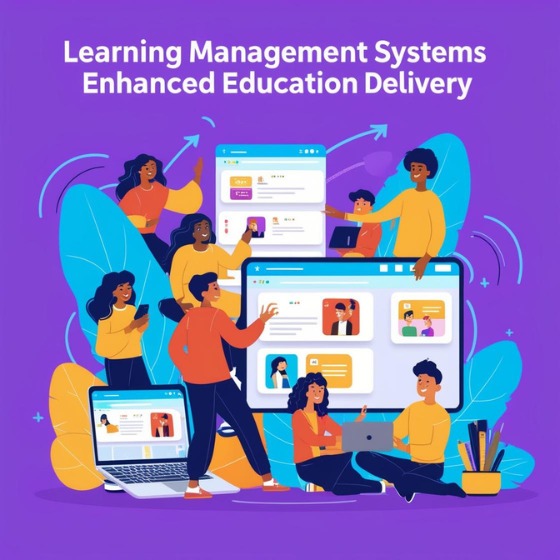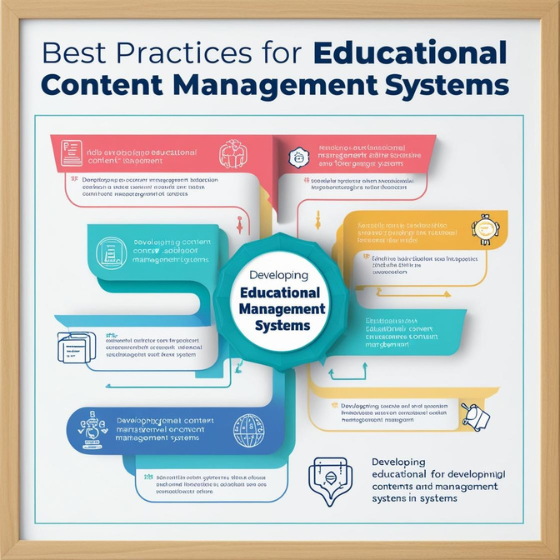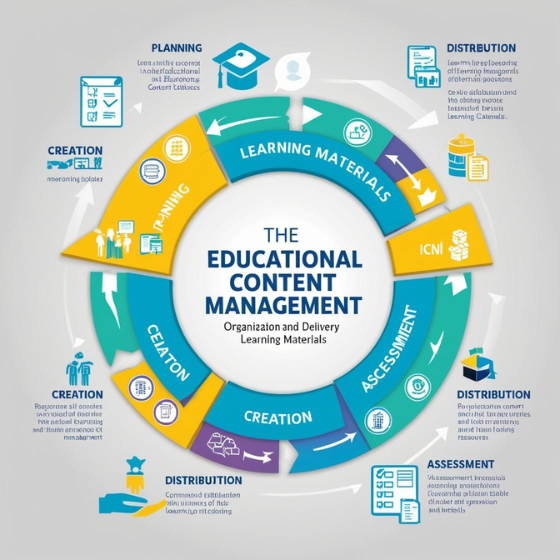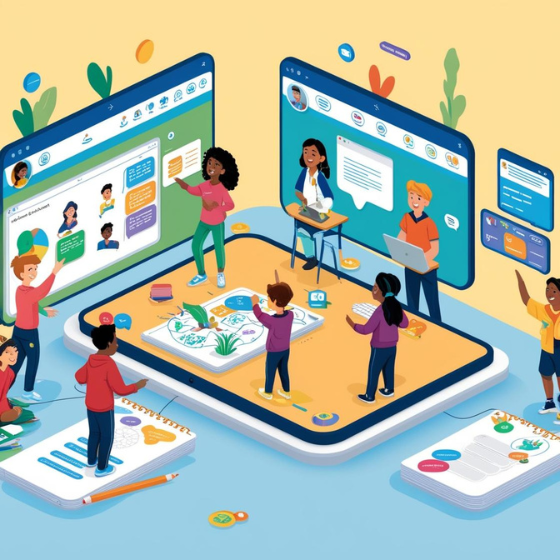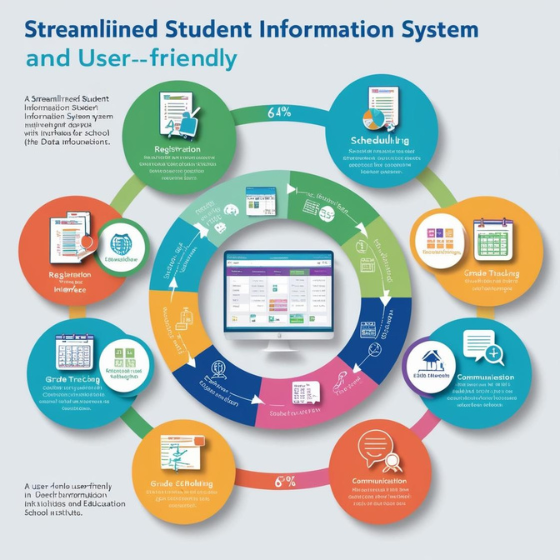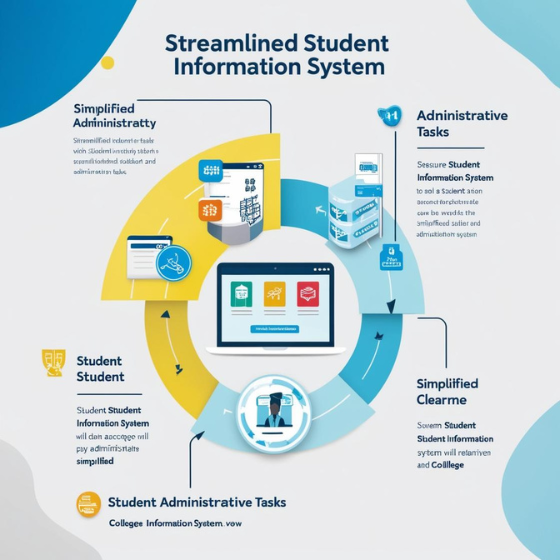Learning Management Systems: Enhancing Education Delivery
Introduction
Imagine a world where every learner, regardless of location or background, can access high-quality education at their fingertips. With the rise of Learning Management Systems (LMS), this dream is becoming a reality. LMS platforms are transforming how education is delivered, making learning more accessible, flexible, and efficient. In this blog, we’ll explore how Learning Management Systems: Enhancing Education Delivery can revolutionize the educational landscape, discuss their key features, and offer insights on leveraging them to create impactful learning experiences.
1. What Are Learning Management Systems?
Learning Management Systems (LMS) are software applications designed to deliver, track, and manage training and educational programs. From corporate training to academic institutions, LMS platforms cater to diverse audiences, ensuring seamless content delivery and learner engagement.
Key Features of LMS:
- Content Management: Simplifies creating, organizing, and distributing learning materials.
- Personalized Learning Paths: Enables tailored learning experiences based on individual needs.
- Assessment and Analytics: Tracks learner progress and provides actionable insights.
- Collaboration Tools: Facilitates group projects, forums, and peer interactions.
By using LMS effectively, organizations and educators can focus on enriching the learning experience rather than worrying about logistical challenges.
2. Benefits of LMS in Modern Education
2.1 Flexibility and Accessibility
LMS platforms allow learners to access content anytime, anywhere. This flexibility supports diverse schedules and learning paces, especially for working professionals and remote learners.
2.2 Cost-Effective Solutions
Traditional classroom setups involve significant costs like infrastructure and materials. LMS reduces these expenses by digitizing resources and enabling remote learning.
2.3 Enhanced Learner Engagement
Interactive features like gamification, multimedia content, and quizzes keep learners motivated and involved. Engaging content enhances retention and application.
2.4 Scalability
From small classrooms to global organizations, LMS systems can accommodate varied user bases, ensuring consistent delivery irrespective of scale.
Example: A healthcare startup used LMS to train 1,000 employees across five continents, reducing training costs by 40% and improving skill assessment accuracy.
3. Designing an Effective LMS for Maximum Impact
3.1 Define Clear Objectives
Before choosing or designing an LMS, identify your organization’s learning goals. This ensures alignment between tools and outcomes.
3.2 Prioritize User-Friendly Interfaces
A clean, intuitive interface enhances adoption rates. Users are more likely to engage with a system that feels approachable and easy to navigate.
3.3 Incorporate Multimedia Content
Leverage videos, infographics, and interactive modules to make the content more engaging and impactful.
3.4 Integrate Analytics and Feedback Mechanisms
Analytics provide actionable insights into learner performance, while feedback mechanisms help refine course content and delivery.
Pro Tip: Partner with a software development company like Sodio to design LMS platforms tailored to your organization’s unique needs.
4. Real-World Applications of LMS
4.1 Academic Institutions
From kindergarten to universities, LMS enables educators to create comprehensive digital classrooms. Tools like virtual whiteboards and discussion forums enhance collaborative learning.
4.2 Corporate Training
Organizations use LMS to onboard new hires, upskill employees, and ensure compliance with industry standards. Automated progress tracking simplifies HR tasks.
4.3 Professional Certifications
Certifying bodies use LMS platforms to deliver online courses, administer exams, and issue credentials efficiently.
4.4 Nonprofits and Community Outreach
LMS helps nonprofits provide education to underserved communities by reducing the cost and logistical barriers of traditional setups.
5. Future Trends in LMS: What’s Next?
5.1 AI-Driven Personalization
Artificial Intelligence is set to revolutionize LMS by delivering hyper-personalized content, adapting to individual learning speeds and preferences.
5.2 Gamification and VR Integration
Gamified learning and Virtual Reality simulations make education immersive and fun, especially for skill-based training.
5.3 Mobile-First Learning
With mobile usage skyrocketing, LMS platforms must prioritize mobile compatibility, ensuring seamless learning on the go.
5.4 Data-Driven Insights
Advanced analytics will enable educators to predict learning trends and address potential gaps proactively.
Ready to stay ahead of the curve? Explore Sodio’s AI-powered LMS solutions.
Conclusion
Learning Management Systems are more than just a technological advancement—they are a cornerstone of modern education. By making education accessible, engaging, and scalable, LMS platforms play a pivotal role in shaping the learners of tomorrow.
Whether you’re an educational institution, a corporate trainer, or an EdTech entrepreneur, investing in a robust LMS can transform your learning outcomes and ROI.
At Sodio, we specialize in creating customized LMS platforms that cater to your unique needs. Contact us today to discuss how we can help you design a system that drives success.
Looking to revolutionize education delivery? Get in touch with Sodio and let’s build the future of learning together!
